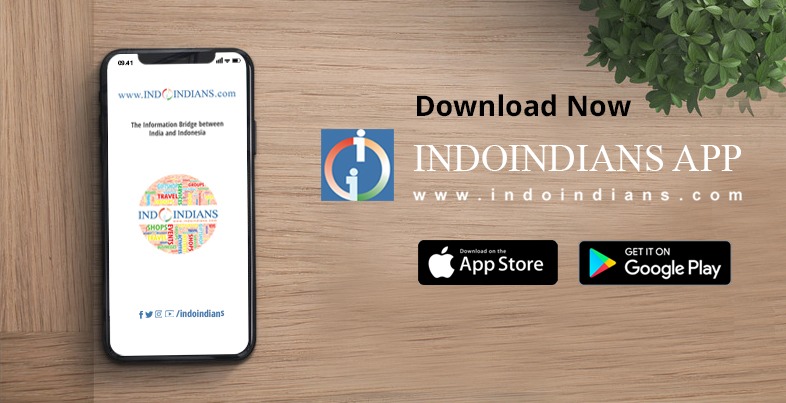
Have you ever wondered what will happen to your social media accounts after you die? Have you made a digital will yet?
Managing your digital legacy is important as the digital accounts you registered, to safeguard your private information like passwords, email address, date of birth, and even your credit card number. It might be possible for a stranger or hacker to guess your password to break your account and stealing your private information. If this happens, it can be a headache for the people you love.
Here are the procedures you need to follow to shut down your dormant accounts and how to bequeath your password-protected emails, photos, and documents to your dear ones:
Google has a feature that allows you to give your family complete access to your account after you’re gone. Here’s how you can set it up:
- After you sign in, click on your user picture in the top-right corner of the page, and head to My Account.
- Click on Personal Info & Privacy, and scroll to the bottom of the page.
- Under Inactive Account Manager, click on Change This Setting.
Then you can add up to 10 trusted friends and family members who should be notified if you haven’t logged in for periods ranging between three to 18 months. If you choose, Google also allows you to share your data to them. Of course, they will not have full control to your account. They will only receive an email with a list of the data you have chosen to share with them, and a link they can follow to download it.
Alternatively, you can also set Google to delete your account after your stipulated period of inactivity. This means everything in your Google account, including your publicly shared data will be deleted permanently.
Microsoft
Microsoft doesn’t allow for the transfer of an email account to another person in case of death or incapacitation, and this is applicable to all domains ending with @live.com, @outlook.com, @hotmail.com, @msn.com, @and windowslive.com. But families (spouses, parents, and children) can request the closure of an account and the release of its contents by contacting the Microsoft Custodian of Records at msrecords@microsoft.com.
They will need the complete email address for which they are seeking the information, the complete name that was used to sign up for the account, as well as a death certificate, a legal document showing that they are the user’s next of kin and/or executor or benefactor of their estate, or that they have power of attorney.
Once you have completed the documents required, they will transfer the contents of the account to a DVD, which will be shipped to the requester at the stipulated address.
Facebook is probably the social media that we use the most to build new relationships while at the same time solidify the older ones. Since you have shared a lot on your account, who gets access to your account after you die?
- After signing into Facebook, go to Settings and click on General
- Click Manage Account, and add a name from your friend’s list as Your Legacy Contact. It is important to know that in certain accounts, the Legacy Contact option can be found under Settings > Security.
Family members can also request Facebook to ‘memorialize’ their page via an online form after providing proof of death. To do this, they will need to access the Help section under the question mark icon in the top-right corner.
Once the page is memorialized, the person specified as the “Legacy Contact” can write a pinned post for the profile, respond to a new friend request, update the profile picture and cover photo, and even be given the option to download a copy of what you’ve shared on the social network.
Under Manage Account, users also get the option to request permanently delete the account after friends or family lets Facebook know that they’ve passed away.
Just like Facebook, Instagram accounts can also be memorialized. To do this, your trusted ones need to:
- Go to help.instagram.com
- Click on Privacy and Safety Center and then on Report Something.
- Under Other Types of Reports, users will be guided through the entire procedure that would need to be followed to memorialize the account, or remove it completely.
In the case of incapacitation or demise of a Twitter user, their next of kin can visit support.twitter.com/forms/privacy to request the deactivation of their account. As soon as the option is selected, the requester will need to fill another form with details like relationship to the user and contact email address. Twitter will then use these details to follow-up on the request.
In order to close a deceased person’s profile on this professional networking service, the next of kin can:
- Visit www.linkedin.com/help and type “death” in the search field.
- Click on the article that says “Deceased LinkedIn Member – Removing Profile” and fill the form linked in the article.
- After you fill out the form, LinkedIn will review the request and get in touch with the requester about account closure.
Other than following the steps above, you can also use online services that are designed to help you plan for your digital death and afterlife or memorialize loved ones. Here are a few:
Afternote allows you to make your last wishes known, to leave messages for your loved ones and record your life story in a beautiful way. The information is stored securely for as long as you live and will offer your loved ones support when you have passed away.
Afterwords
This service lets users save messages that will be sent to assigned recipients after their demise. The free version allows up to 3 messages to individuals or groups, while a small subscription enables unlimited messages. These messages can contain confidential financial information, passwords, PINs, and links to audio or video messages.
Capsoole
Capsoole allows you to protect your digital assets and information in case of emergency, without having to hand over potentially sensitive information to others. It is private, fully automated and secure.





